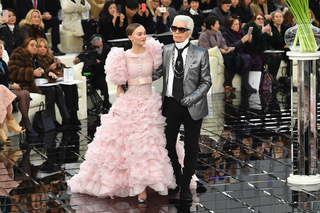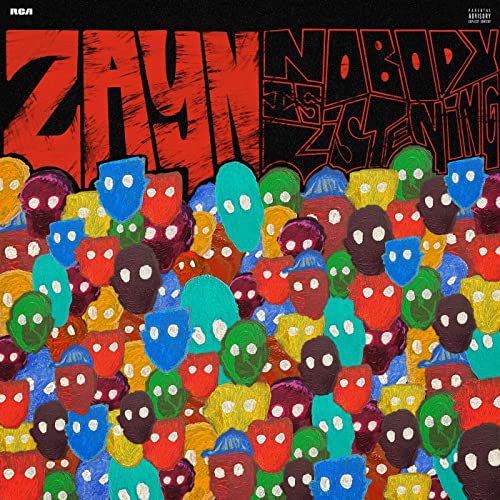Karl Lagerfeld, a famous fashion designer who was the mastermind behind leading brands like Chloé and Fendi, passed away at the age of 85 this past February.
On Feb. 19th, 2019, the fashion industry lost a world-renowned designer and visionary. Known for his platinum white hair and dark shades, Karl stood as an eminent, and partially intimidating, figure in the fashion community.
Karl was born in Hamburg, Germany, in 1933. Even as a young boy, Karl had a strong affinity for fashion. He would always keep up with the latest designs and collections in fashion magazines, and he spent a good majority of his time sketching out dresses that he hoped to one day bring to life. At just 14 years old, Karl moved to France alone to study abroad. Being in Paris, one of the major fashion capitals of the world, this was Karl’s best chance to finally immerse himself in the fashion community.
Two years later, Lagerfeld entered a fashion sketch competition and won “Best Coat Sketch.” From that point on, Karl’s fashion career finally began to take off. He was approached by Pierre Balmain, founder of the Balmain fashion brand, to be his apprentice, which Karl happily agreed to. After four years of working under Balmain’s wing, Karl would move on to work as the chief of various design houses, one of which was the famous Fendi house. Karl also designed for the French House of Chloé and made the first “Chloé” fragrance, which the brand is so commonly known for today. Emily H., an undecided freshman major, commented, “I never knew Lagerfeld played such a big role in the success stories of these huge design brands!”
In 1983, Lagerfeld became the creative director and head designer of Chanel, which, at the time, was a dying label. At that point, it had been over 10 years since Coco Chanel’s death, and her company had failed to replicate the same style and imagination that her designs embodied. When Karl was hired to fix the Chanel brand, he brought the company back to its peak by drawing on Chanel’s old collections and incorporating the frequent characteristics of her old designs into his new ones, so that Chanel could have a new brand “DNA.”
A year later, Lagerfeld would launch his own company, which would come to hold the same high status as the other brands he had helped lift up. John D., a freshman undecided major, added, “I honestly hadn’t ever heard of Karl Lagerfeld before his death, but after reading up on him, I’m really impressed by his passion and creativity that was able to not only elevate his own brand, but the brands of so many other famous fashion houses.”
Despite all the glorification following Karl’s death, however, this doesn’t mean he lived a completely non-controversial life. In fact, Karl had his fair share of questionable comments and quotes. One example would be when Karl said that Coco Chanel wasn’t a feminist because she “Wasn’t ugly enough for that.” He also boldly proclaimed his criticism of having plus-sized models in magazines and shoots. “No one wants to see curvy women…Fashion is about dreams and illusion.” Just last year, Karl said in an interview that he was tired of the #MeToo movement. “If you don’t want your pants pulled about, don’t become a model! Join a nunnery!”
Karl Lagerfeld was a major figure in the fashion community, and his work stood and will always stand as an example for future designers. It’s really up to one’s own personal judgement to decide whether or not Karl’s actions should invalidate all the praise and recognition. Either way, Karl will forever live in history as an avant-garde designer who helped the fashion world blossom into much of what makes it chic and eye-catching today.














